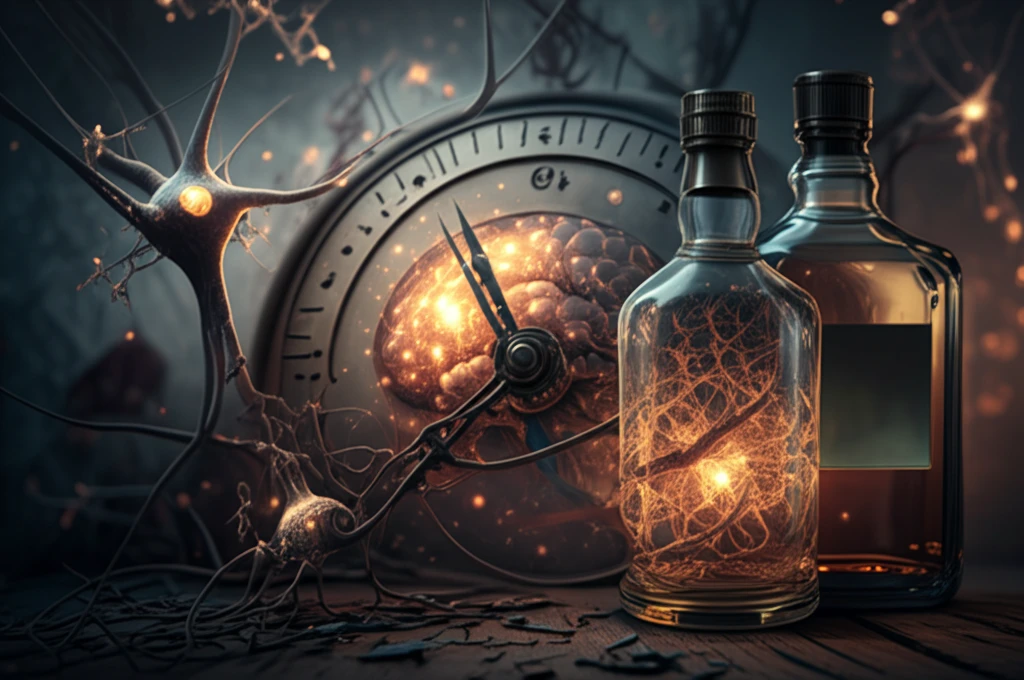
Is Timing Everything? How Your Body Clock Affects Alcohol Cravings and Treatment Success
"Unlocking the Secrets of Circadian Rhythms to Combat Alcohol Dependence"
For many individuals grappling with alcohol dependence, the battle against cravings can feel relentless. But what if the key to overcoming these cravings lies not just in willpower or medication, but also in understanding your body's natural rhythms? Emerging research suggests that our internal body clock, known as the circadian rhythm, plays a significant role in alcohol preference, seeking behavior, and even the success of treatments like Naltrexone.
The circadian rhythm is a roughly 24-hour cycle that regulates various physiological processes, including sleep-wake patterns, hormone release, and even immune function. It's like an internal metronome, orchestrating our bodies' activities in sync with the Earth's day-night cycle. But recent studies have revealed that this internal clock also influences our susceptibility to alcohol cravings and the effectiveness of interventions aimed at curbing alcohol dependence.
This article delves into the fascinating connection between circadian rhythms and alcohol dependence, exploring how our body clock affects cravings, treatment outcomes, and what we can do to leverage this knowledge for more effective interventions. We'll unpack the latest scientific findings and provide practical insights to help you or your loved ones on the path to recovery.
The Daily Cycle of Cravings: How Your Body Clock Influences Alcohol Dependence

Our bodies are finely tuned to the day-night cycle, and this impacts more than just when we feel tired or hungry. Research indicates that alcohol-related behaviors, such as preference and seeking, fluctuate throughout the day, mirroring the activity of our circadian rhythm. This means that cravings might be more intense at certain times, depending on your body's internal clock.
- Peaks in reward-associated behavior and immune responses typically occur during the active (dark) phase of rodents, which is particularly relevant for understanding human alcohol dependence.
- TLR4, an innate immune receptor, is increasingly appreciated for its role in drug-induced reward, but its effects vary according to the light-cycle.
- TLR4's influence on natural and alcohol reward-like behavior in mice is time-of-day dependent.
Timing Is Treatment: Aligning Interventions with Your Circadian Rhythm
The findings of the study suggest that medications like Naltrexone is more efficient with the alignment of circadian rhythms. Further research is required to develop methods to diagnose a patient's circadian profile, and time their medication intake with it. Understanding the time that certain bodies produce certain neurotransmitters that contribute to the alcohol cravings. This would further advance current alcohol treatment.
